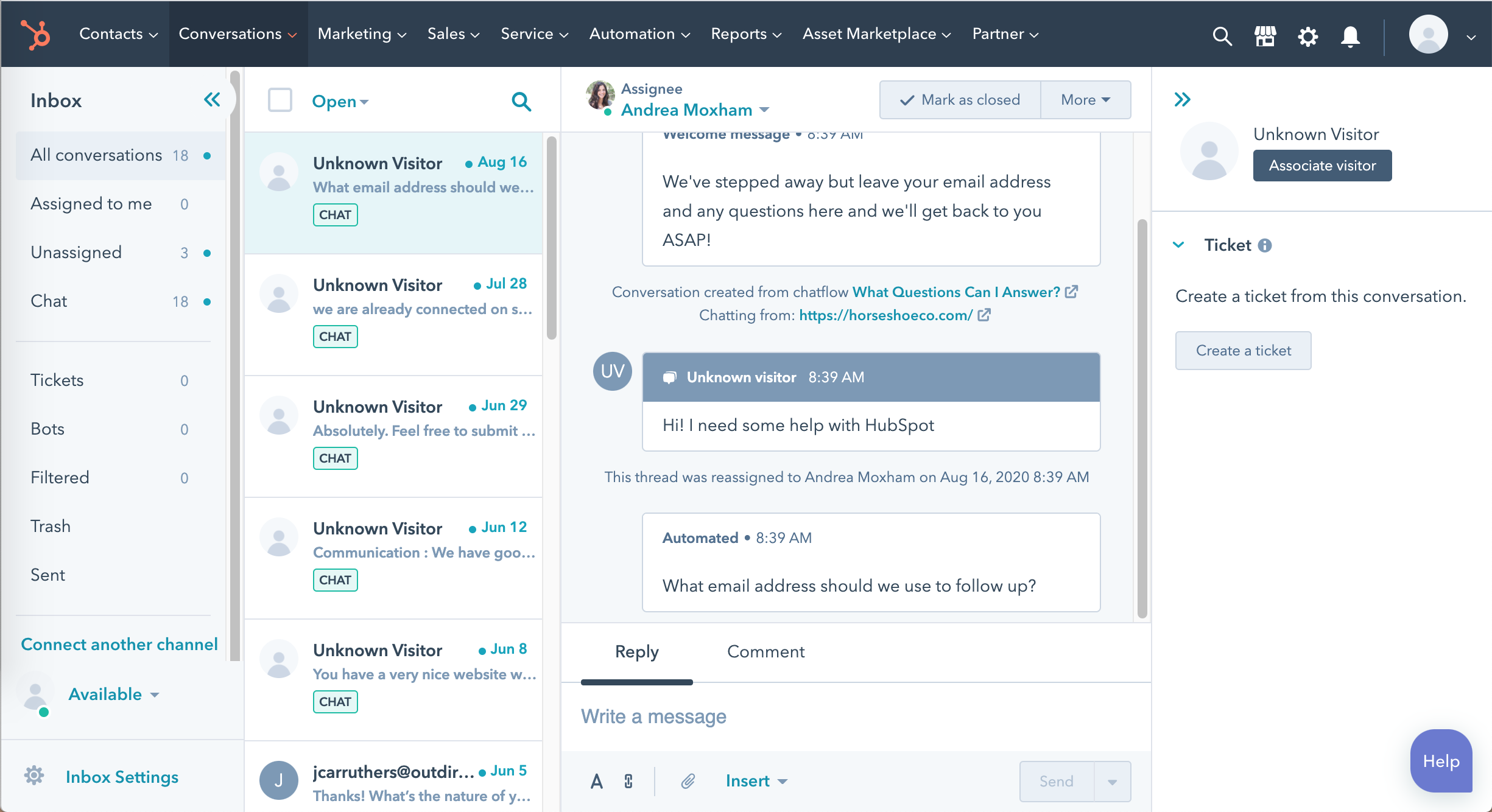What if I told you the secret to growth (you know… the one that every marketing blog and business article promises to share but never really does) was right in front of you. Your biggest opportunity for growth lies within your existing customer base.
No, seriously. It sounds simple and maybe even too good to be true, but customer retention is an underrated strategy that has the potential to seriously boost your ROI. Increasing your retention rate by just 5% could increase your profits by 25% to 95% (yes, you read that right.)
Table of Contents
Why does customer retention matter?
It seems like a no-brainer that businesses should want loyal customers, but all too often, companies invest all their efforts in customer acquisition and fail to prioritize retention. The craziest part? Keeping existing customers is easier than seeking out new customers.
Think about it: you’ve already gained the trust of your existing customers, not to mention, you already have valuable data on their behaviours and needs. New customers require costly nurturing campaigns and they may pass through each stage of the buyer’s journey without converting in the end.
Beyond that, repeat customers buy more often and spend more than new customers. Once you’ve proven the value of your offering, customers are more willing to return to you (we’re all creatures of habit, after all). What’s more, satisfied customers will refer colleagues, friends, and family to your business and maybe even provide a testimonial, with the right strategy. Not only are referrals free, but happy customers are the most effective marketers out there – they might even give your marketing team a run for their money.
In today’s customer-centered economy, investing in customer retention isn’t just a good idea, it’s crucial to your growth. Here are 7 strategies to start increasing customer loyalty right now:
7 Customer Retention Strategies to Implement ASAP
1. Map Your Customer Journey.
Mapping out the various stages your customer will pass through in their relationship with your business will help you to see your customer experience from your buyer persona’s perspective. It’s also the best way to diagnose points of friction, so you know exactly where to improve. Consider the key touchpoints throughout your customer relationship, starting with their first impression, then start plotting new ways to surprise and delight your customers at every step of their journey.
Need help building your buyer personas? Use this easy template
`Pro Tip: Use this simple HubSpot template to get your gears turning
2. Ensure a seamless hand-off.
When a customer is moved from the sales team to the services or customer success team, the last thing you want is for important data and contact information to fall through the cracks. Keeping your teams aligned is critical and it’s why storing your data in one central CRM is so important. By ensuring every member of your team is up to speed with your customer’s history, your business can provide a relevant, customer-centric experience.
3. Optimize your onboarding process.
Onboarding is how you’ll set the tone for your customer relationship and prove to them why they made a great choice. To nail your onboarding, get proactive about problem-solving. Use the HubSpot Workflows tool to automate emails that deliver when your customers need them most. Try putting together a list of best practices to address common challenges, develop a resource library to build user confidence, and set goals to highlight progress.
4. Strive for better communication.
You can give customers all the resources in the world, but the only way to establish a solid relationship is to communicate. HubSpot’s Conversations tool makes it easy to keep track of emails, live chats, form submissions, and chatbot inquiries at a glance. If you want to stay ahead of the game, outline key opportunities to check-in, like when a subscription ends, or a contact goes quiet. This will prevent roadblocks and keep customers engaged.

5. Keep your messaging relevant.
Nothing is more frustrating from a customer standpoint than receiving promotional material after you’ve already made a purchase. Irrelevant messaging makes your customers feel unnoticed, and at the end of the day customers always go where they’re valued. Using segmentation and personalization tools will make your customers feel seen; as if the message was crafted just for them.
6. Collect customer feedback and act on it.
Your existing customers hold key information about the strengths and gaps in your customer experience. Use these insights to eliminate friction and optimize your services. Remember to thank customers that provide positive feedback and be sure to address negative feedback directly (it’s never too late to turn around a bad review!).
Pro Tip: Use Feedback Surveys in HubSpot Service Hub to easily collect, organize, and prioritize your customer feedback.
7. Add a personal touch.
The most memorable customer service is the kind that feels like it was tailor-made just for you. This is where HubSpot’s Smart Content comes in. Smart content uses data stored in your CRM to target website pages, landing pages, emails, and more – the possibilities are endless. Start small with triggered emails to celebrate milestones or even a Happy Birthday message. You could even kick it old school and check-in over the phone. Either way, your customers will appreciate the support.
As the saying goes, you can’t fill a leaky bucket. You’ll never grow if you keep letting your customers escape the minute a sale is complete. Work these strategies into your customer experience and start turning customers into brand evangelists.
If you’re still struggling to hold onto existing customers, let’s get in touch! Together, we can build a system that suits your unique business goals.




